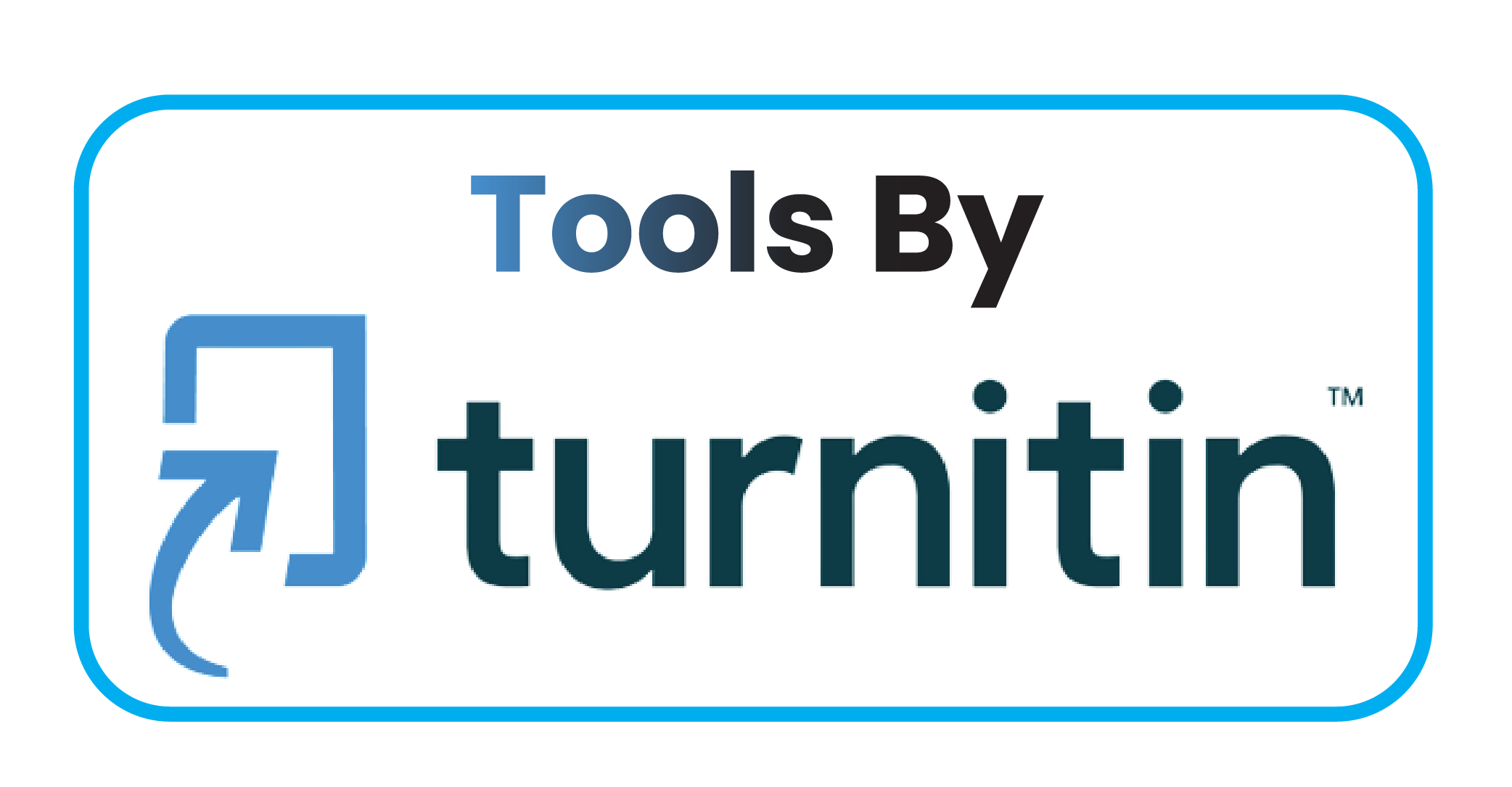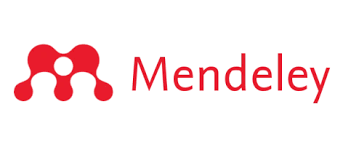Analysis of Occupational Safety and Health (OSH) Cost Requirements in The Construction of Rubaru 1 Elementary School
DOI:
https://doi.org/10.59888/ajosh.v3i7.543Keywords:
Occupational Safety and Health, Construction Project, OHS Budget, Monitoring Technology, Risk ManagementAbstract
This research addresses the critical issue of insufficient budget allocation for Occupational Safety and Health (OHS) systems in construction projects, specifically in the Rubaru 1 Elementary School building project in Sumenep District, Indonesia. The study explores how limited financial resources for safety measures, such as personal protective equipment (PPE), worker training, and health facilities, affect the implementation and effectiveness of OHS systems. The urgency of this research lies in the growing need to allocate adequate resources to OHS, as insufficient funding increases the risk of workplace accidents, delays project timelines, and raises costs. Previous studies, including Lestari et al. (2023) and Saragi & Sinaga (2021), have emphasized the positive impact of adequate OHS budgets on reducing accidents and improving productivity. However, a gap exists in research regarding the specific cost components required for effective OHS implementation, especially in relation to construction projects with limited budgets. This study fills this gap by analyzing the key cost components for OHS and their direct impact on worker safety and project performance. The findings will provide valuable insights for construction companies to optimize their OHS budgets and enhance safety measures. It also contributes to the development of industry standards and practices for OHS management in future construction projects.
Downloads
Published
Issue
Section
License
Copyright (c) 2025 Midi Agus Permana, Budi Witjaksana, Jaka Purnama

This work is licensed under a Creative Commons Attribution-ShareAlike 4.0 International License.
Authors who publish with this journal agree to the following terms:
- Authors retain copyright and grant the journal right of first publication with the work simultaneously licensed under a Creative Commons Attribution-ShareAlike 4.0 International. that allows others to share the work with an acknowledgement of the work's authorship and initial publication in this journal.
- Authors are able to enter into separate, additional contractual arrangements for the non-exclusive distribution of the journal's published version of the work (e.g., post it to an institutional repository or publish it in a book), with an acknowledgement of its initial publication in this journal.
- Authors are permitted and encouraged to post their work online (e.g., in institutional repositories or on their website) prior to and during the submission process, as it can lead to productive exchanges, as well as earlier and greater citation of published work.










